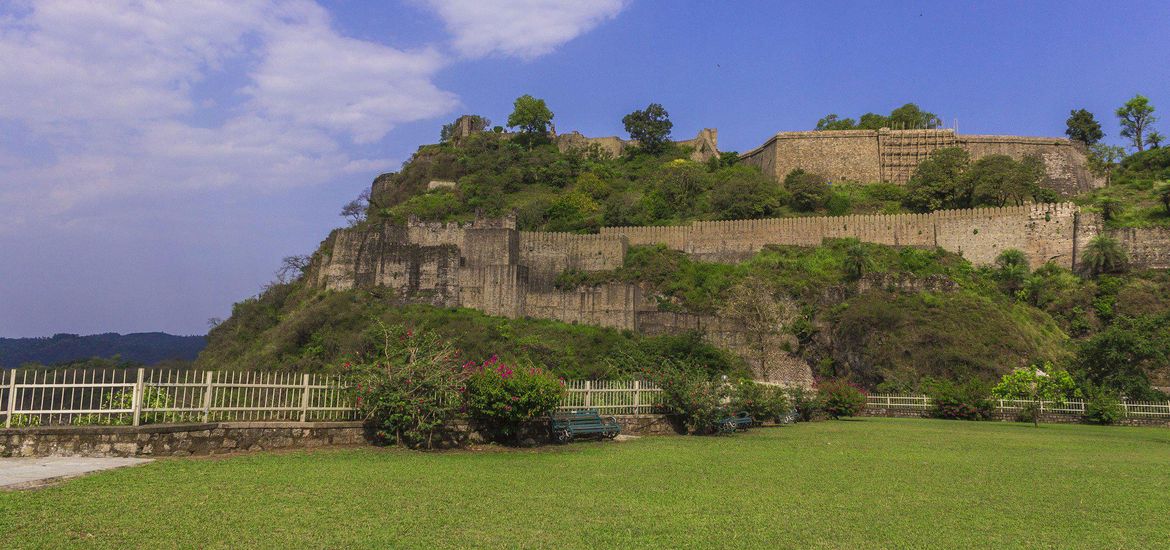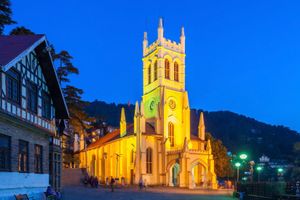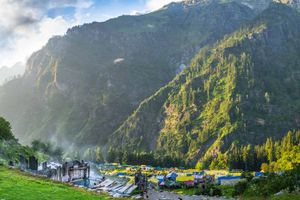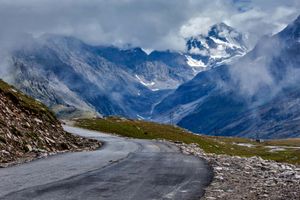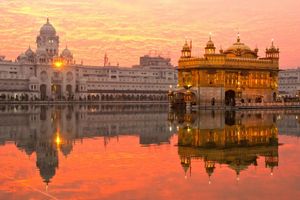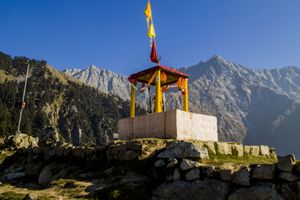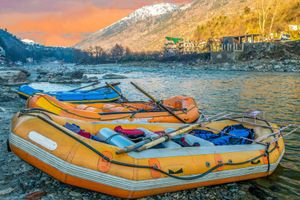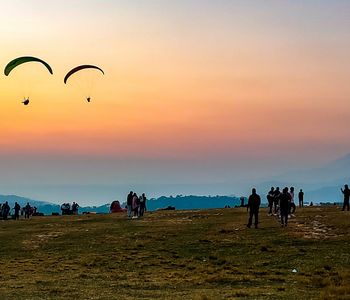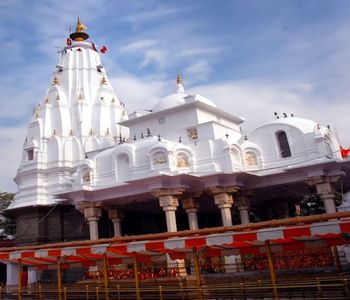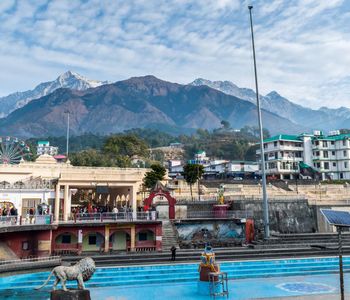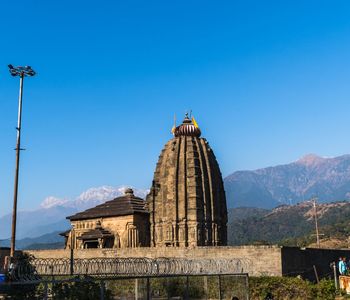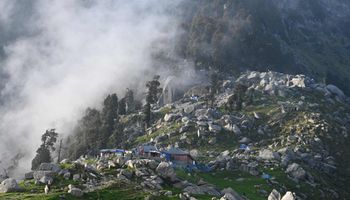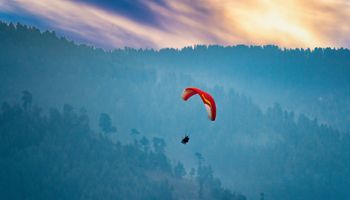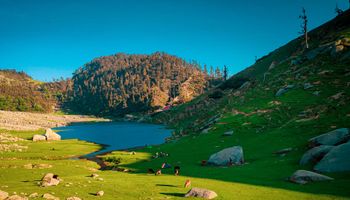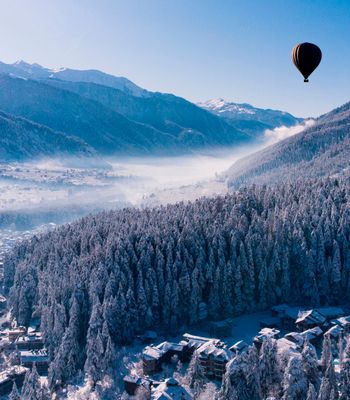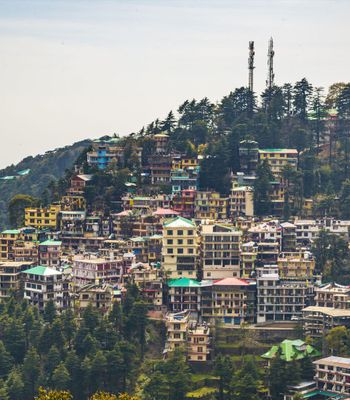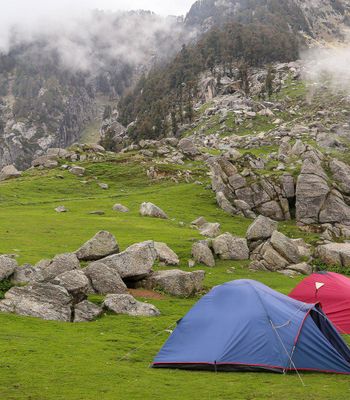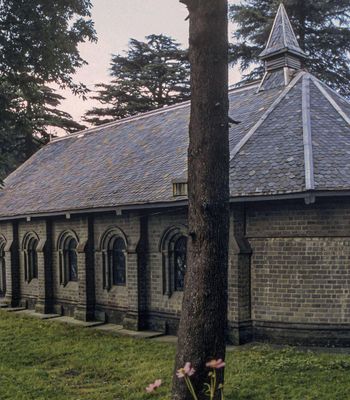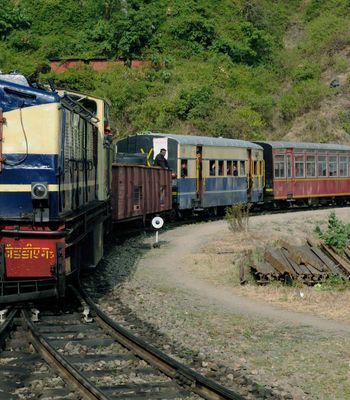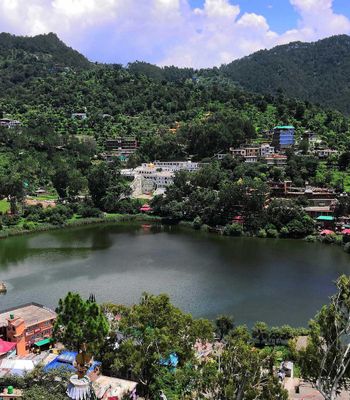Covering more than 450 acres, Kangra Fort is an ancient landmark located in the state of Himachal Pradesh, India. With a combination of ruins and steadfast structures, this historical highlight dates back to the 4th century. Learn more about this Indian treasure as you walk the grounds and marvel at the remaining architecture.
History of Kangra Fort
The Katoch royal family was the original owner of the fort in the 4th century. Over the centuries, many different groups attacked the fort with varying degrees of success. In the mid-1840s, the British took control of the property.
With a solid design, the fort remained strong until a large earthquake severely damaged it in 1905. In turn, the British removed their troops from the fort. With the fort in partial ruins, the Katoch family secured the property once again.
Understanding the Fort's Strategic Location
Kangra Fort's location is one of the reasons why it was a popular target for attackers across several centuries. First, it's built on a cliff with only one entrance to the property. Breaching this entrance was a challenge as the cliff and fort walls reportedly reached 400 feet tall.
Also, surrounding the fort are two rivers. Named the Ban Ganga and Majhi Rivers, their water flow around the fort created another obstacle for attackers. Today, visitors can still see how this natural geography created a successful defensive position with the rivers as strong as ever before.
Getting to Know the Gates
The fort's layout consists of a single pathway with a collection of around 11 gates to pass through. Indeed, each gate has its own story and history. Before you walk the grounds, learn about some of the most memorable gates so that you can appreciate their historical importance.
Ranjit Singh
This gate is the first one you'll pass through. It was built by a Sikh king named Maharaja Ranjit Singh. In celebration of overtaking the fort, King Singh built this commemorative gate.
Ahini
Next, you pass through the Ahini gate, which opens up to a long pathway ahead. Built by a Muslim leader, this gate has iron spikes as accents. In the distance, you'll see the Amiri Gate mirroring this gate's shape.
Jahangiri
Further ahead, find the Jahangiri gate built by a conquering Mughal emperor named Jahangir. Possibly, this gate rests on top of a lost gate because of its steep structure. At this apex, you can see the Dhauladhar mountain range, which is part of the Himalayas.
Andheri
The narrowest pathway is the Andheri gate. Designed as a bottleneck, the gate made invasions more difficult for large armies. As a gate deep in the fort's property, it acted as a last-ditch effort to save the palace ahead.
Darshini
Two deities flank the sides of this final gate. Here, the Darshini gate leads to the residential area of the fort. Moving forward, you'll find the palace courtyard.
Discovering the Temples
Kangra Fort was more than just a military post because the property also contains three temples. Located just past the Andheri gate, two of the three temples are in ruins. Named Ambika Mata and Laxmi Narayan, these temple ruins still offer a fascinating glimpse at the structures' wall carvings and other architectural details, such as pillars standing tall today.
Remarkably, one temple named Holy Jain remains standing. Indeed, it's the only temple with an idol. Visitors are welcome to walk inside this temple to see the idol during business hours.
Learning About the Wells
Hidden within the fort are wells. Although wells usually hold water, the fort's historical records tell a different story. Inside the 21 wells was a treasure, which was plundered over the centuries by certain attackers.
Today, the locals believe that eight wells haven't been found yet. In the 1890s, the British were the last invaders who found five new wells. In comparison, the original eight wells found by Mahmud Ghazni were plundered back in 1009.
Taking the Self-Guided Tour
To get the most out of your visit to Kangra Fort, take the self-guided tour. As part of your entrance fee, this audio tour takes you through the property with many unique facts about the fort and its history. Currently, the entrance fee is 150 rupees for locals and 300 rupees for visitors.
The fort is open from 9 a.m. to 5:30 p.m., which gives you plenty of time to walk up to the property's highest point. Here, stay for a sunset view across the mountains. As a historical landmark, Kangra Fort might take an hour or more to explore.
Planning Your Trip
Fly into Kangra Airport from Delhi as the quickest way to access the Kangra Valley. From here, buses or taxis can drive you into Old Kangra. For a local adventure, try a rickshaw ride to the fort.
In addition, choose a spring or fall visit to Kangra Fort. The pleasant temperatures give you a chance to enjoy the ruins without heat or snowfall as deterrents. Furthermore, wear comfortable shoes. The fort also doubles as a moderate hike up the cliffside.
Ultimately, Kangra Fort's design and name stem from its sheltered location in Kangra Valley. The term "kaan" means ear, and "garh" translates to fort, for instance. This fort's ear-shaped design gives it a classic defensive shape that intimidates potential attackers. Although in ruins today, Kangra Fort is still a remarkable example of how ancient people ruled and protected this part of Northern India.
